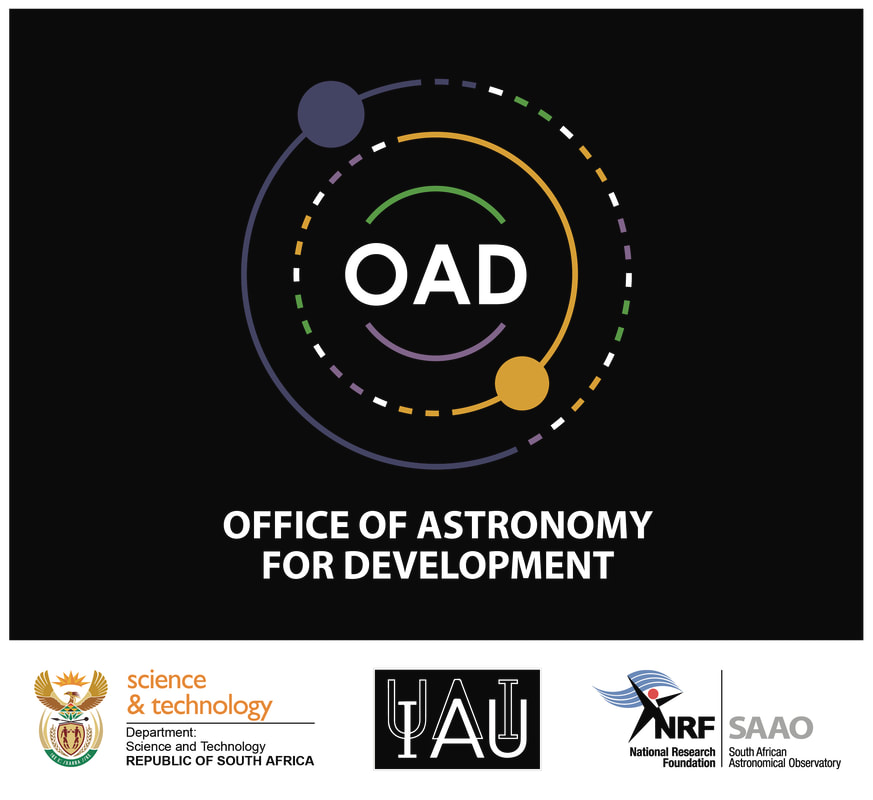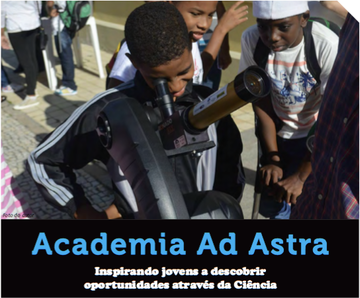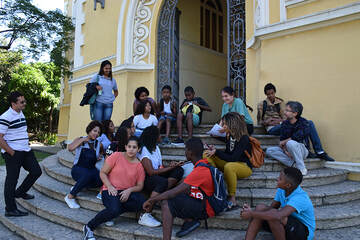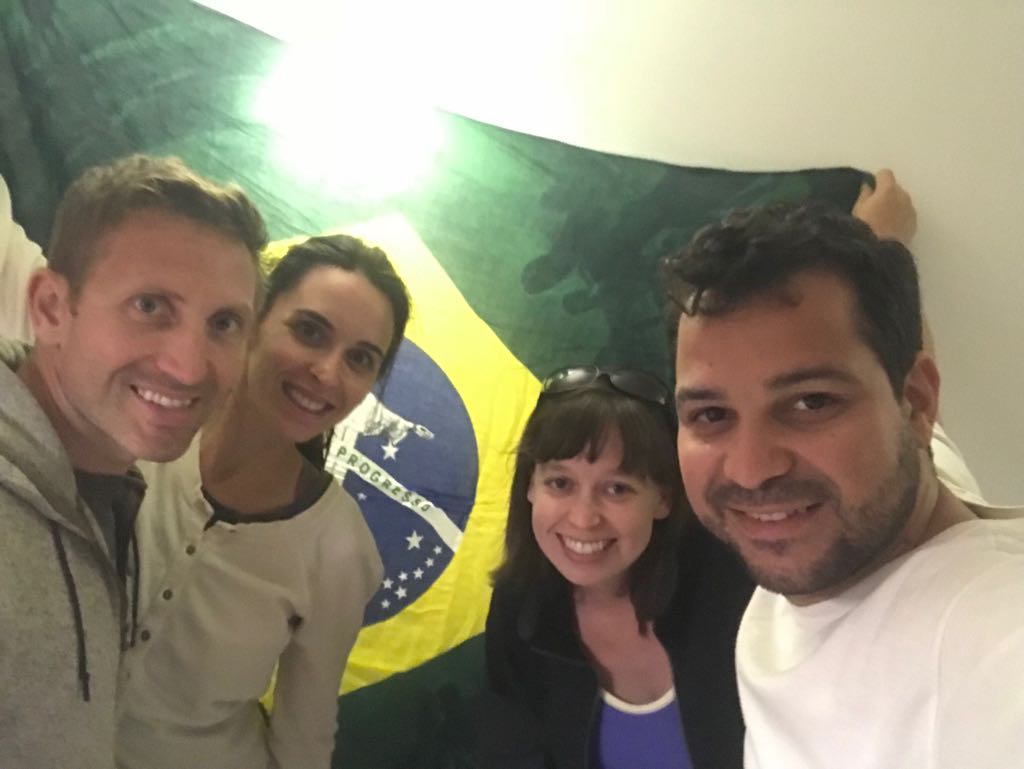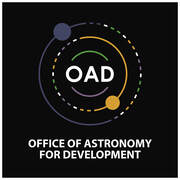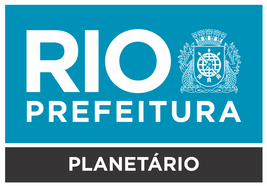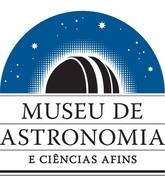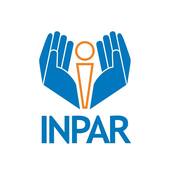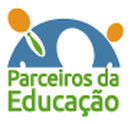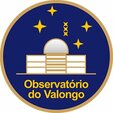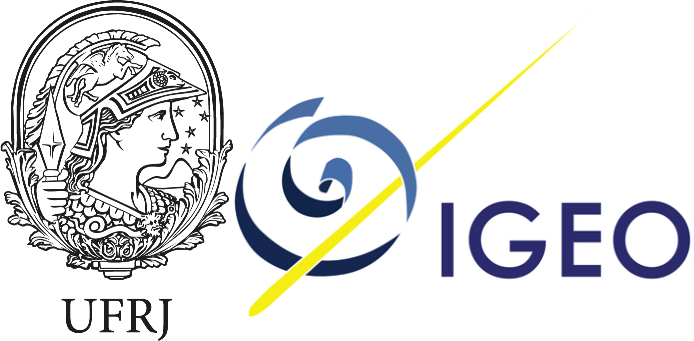|
Ad Astra returned to Rio de Janeiro in July of 2018, to continue the mission of inspiring young explorers to pursue their curiosity using the theme of planetary habitability. Partnering with the Instituto Presbiteriano Álvaro Reis (INPAR), the Ad Astra curriculum followed two visits of 1 week each.
The first visit culminated in a capstone project using data from NASA's Mars Science Laboratory. The students were a group of teenagers ranging 11 to 16 years old, dwellers of the nearby slum communities -- Gardenia Azul and the famed City of God. They explored the coast with an underwater drone, explored Mars with augmented reality, and planned a mock traverse for the Curiosity rover that they presented to scientists at NASA/JPL. After kindling the kids' curiosity, the second week was focused on coursework to consolidate gains. The second week was delivered by the local team. This was accomplished in partnership with local institutes in Rio: the National Museum, the Center for Mineral Technology (CETEM), the Federal University of Rio de Janeiro (UFRJ), the Museum of Astronomy, Rio's Planetarium, and the Museum of Life. In the end, two students were selected for scholarships. See the links below to follow the journey our students experienced! |
"Ad Astra Academy is a great example of an educational project targeting an underserved community that has a clear developmental agenda. It goes beyond a mere outreach/education activity and strives to produce sustainable impact."
International Astronomical Union - Office of Astronomy for Development (IAU-OAD) |
Getting ready!
Museum of Astronomy
|
In May 2018 the kids visited the Museum of Astronomy, and they got very excited with what they learned. Follow this link for a write up of the visit (in Portuguese). The group was hosted by Irene Portela, anthropologist at the Museum of Astronomy, and by the astronomer Eduardo Penteado. They introduced the museum to the kids, some themes related to astronomy, invited them to tour the campus and other exhibits of the museum, among other activities. For Miguel Coutinho da Conceição, 12 years-old, participating in Ad Astra is an opportunity to learn more about subjects that otherwise they would not learn in the classroom. "Here I can learn stuff I never even thought about studying", he said. One of the most curious among the kids, Felipe da Silveira, also 12, said that he has always been curious about the Navy and, during the visit to the Museum of Astronomy, learned that knowledge of astronomy is important for those who want to follow that career path. "I already wanted to study the oceans, now I also want to know more about the sky!", said Felipe.
|
Planetarium
|
In June, before the visit of the team, the kids went to Rio's Planetarium. They visited the Museum of the Universe, had a dome show, and attended a lecture by the astronomer Flavia Lima on different cultures.
We present also the new partnership, with Parceiros da Educação, (Partners in Education) who provided the transport. They also brought kids from another public school with them. The dome was pretty full of youngsters! Kudos to INPAR and to Rio's planetarium with their astronomy team -- Wailã de Souza Cruz, Leandro Guedes, Flavia Lima, and Alexandre Cherman. |
|
We're here!
Day 1 - Learning the tools
|
|
We start the first day teaching the kids about the scientific method. They learn about it with our ruler activity -- they formulate a hypothesis for which sense (sight, touch, hearing) is the quickest to respond, and set to test it with data. They do so by dropping a ruler and measuring how quickly they can catch it using cues from sight, sound or touch. The scientific method at work. After performing their first experiment, students learn that what they just did was SCIENCE!
|
Day 2 - Building landscapes
|
|
Day 2 of Ad Astra Academy Brazil 2018: the kids learned about the history of Mars and performed experiments to create impact craters, stream beds, and sedimentary layers. So wonderful to have alumni with us today from the 2015 program!
The day after we would meet the kids at 6:30am and travel to Jaguanum Island to explore environments for life in the ocean, the shoreline and the forest. |
Day 3 - Field trip
|
|
We took the students on a boat trip to the Jaguanum Island. For many kids this was their first time on a boat, and for some the first time leaving the city of Rio de Janeiro. They drove an OpenROV robot under the water, and explored habitats for life in the coastal and forest environments. What's next? Applying their skills for hypothesis testing to the search for life on the Red Planet!
|
Day 4 - Building rovers
|
In the morning the students built a scale model of the solar system, and in the afternoon they learned about Mars rovers and how they explore the surface of a planet 100 million miles away. To give them some experience with just how difficult it is to drive a rover around obstacles, especially when you can only talk to it once a day, we had one student act as the "rover" and the other students were the "science team" that could send one batch of commands at a time. The team managed to navigate the "rover" to a patch of rocks and take observations to search for evidence of past life. The students also built their own rovers using CDs, straws and cardboard, and powered by rubber bands -- scrap parts and cool gadgets! Afterwards they did a rover racing with their creations. Low-tech Mars exploration for sure, but the concepts are the same, and the students are now ready to plan a traverse for Curiosity on the last day of the program! Giving them a taste of engineering we hope to inspire them on a brighter future. Ad astra! |
|
Day 5 - Calling NASA
|
|
Using actual images from Curiosity, the students have to use the skills they learned during the week to plan a path for the rover. The students then call members of the Curiosity team at JPL and explain the rover traverses they devised with actual data!
The kids' task was to suggest possible exploring routes for the rover. Their suggestions were well-accepted and critiqued, impressing the researchers at JPL. Science is at everybody's reach. |
Stargazing
|
|
For an astronomer, few moments are as impactful as when we look through the telescope for the first time. On Ad Astra's last day, the students invite their families to an stargazing event organized by Rio’s planetarium, that brought their telescopes. Moments like these make all the difference.
|
Coursework
The idea behind our sparked-based intervention is that once a student truly wants to learn, she will absorb the material very efficiently. The teacher can then focus on administrating contents instead of trying to gain the student's attention. We already piqued the students' interest and their curiosity is heightened. Time for instruction!
The coursework was given in the last week of November, and organized by Loloano Silva. The curriculum and the instructors were:
Igor Rodrigues (Museu Nacional - UFRJ): The importance of water for life.
Marize Muniz (CETEM - UFRJ): The geology of Mars: similarities and differences from Earth.
Felipe Fernandes and Aline Novais (OV - UFRJ): Exoplanets: Bulding a Habitable System.
Adriano Ibiapino (LADIF - IF/UFRJ): Searching for water on Mars (spectroscopy).
Patricia Spinelli and Eduardo Penteado (MAST): Year seasons in the Solar System -- Planets and Life in Space
Paulo Colonese and Loloano Silva (ECV and Museu da Vida): Space Exploration: history and perspectives.
Douglas Falcão (MAST): Playing with science - Young scientists and their inventions.
Isaack Esdras (IGEO - UFRJ) Mars: Analysis of suitable landing and habitable areas using GIS.
The coursework was given in the last week of November, and organized by Loloano Silva. The curriculum and the instructors were:
Igor Rodrigues (Museu Nacional - UFRJ): The importance of water for life.
Marize Muniz (CETEM - UFRJ): The geology of Mars: similarities and differences from Earth.
Felipe Fernandes and Aline Novais (OV - UFRJ): Exoplanets: Bulding a Habitable System.
Adriano Ibiapino (LADIF - IF/UFRJ): Searching for water on Mars (spectroscopy).
Patricia Spinelli and Eduardo Penteado (MAST): Year seasons in the Solar System -- Planets and Life in Space
Paulo Colonese and Loloano Silva (ECV and Museu da Vida): Space Exploration: history and perspectives.
Douglas Falcão (MAST): Playing with science - Young scientists and their inventions.
Isaack Esdras (IGEO - UFRJ) Mars: Analysis of suitable landing and habitable areas using GIS.
Scholarships
|
|
Finished the coursework, we selected two of the students to receive the Loloano Silva scholarship. These were Rayan and Larissa. The students go to the Museum of Life twice a week, and their work is organized in trimesters so that they can follow different projects at the Museum, participating in their experimental and educational activities.
They started in January with the theme "Investigating Light, Images, and Colors". The activities for the trimester are : perform experiments about light, color, and images; build pinhole cameras; collaborate in building a giant camera with lenses; build a pinhole camera with mirrors; observe different constructions of optical instruments, and adapt them; investigate how images are formed in the eye, the mix of pigments and their effect on color; research on optical illusions. In the second trimester, they should delve into the microscopic world, with investigations on blood and biochemistry. |
